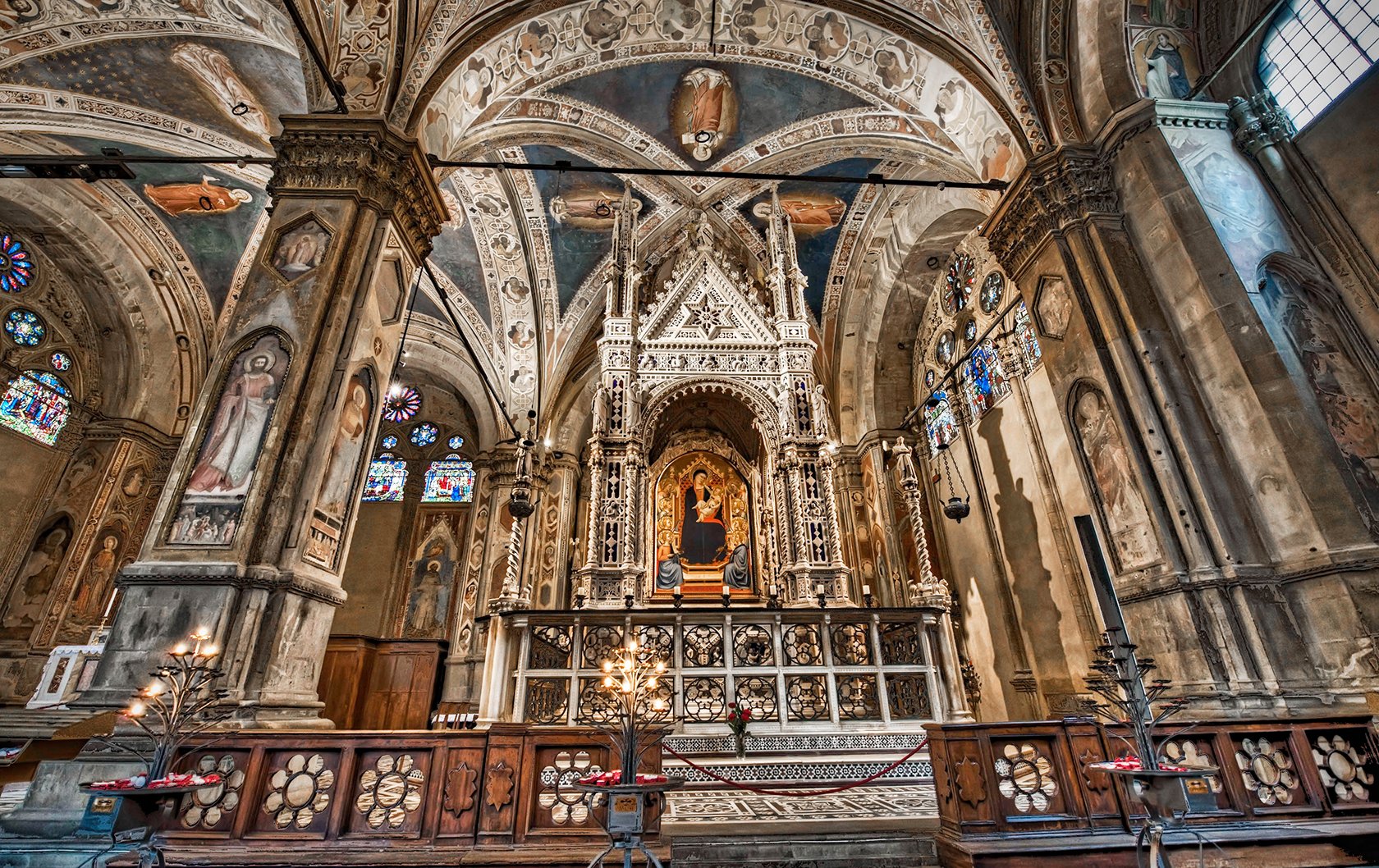
Marvel at the spectacular interior of Orsanmichele (credit)
In a city with such a wealth of artistic and cultural treasures like Florence, there’s naturally a long list of must see sights to explore. Of course, a visit to the Uffizi Gallery is required, and art lovers will get a thrill seeing Michelangelo’s David at the Accademia. After you’ve climbed Brunelleschi’s dome, crossed the Ponte Vecchio and seen the city’s top sights, here are some of our favorite small museums and churches to visit in Florence to deepen your experience of the city’s rich history. These are the Florentine treasures we tell our friends and family not to miss. Even if you think you’ve seen all there is to see in Florence, these hidden gems might just have you planning a return trip!
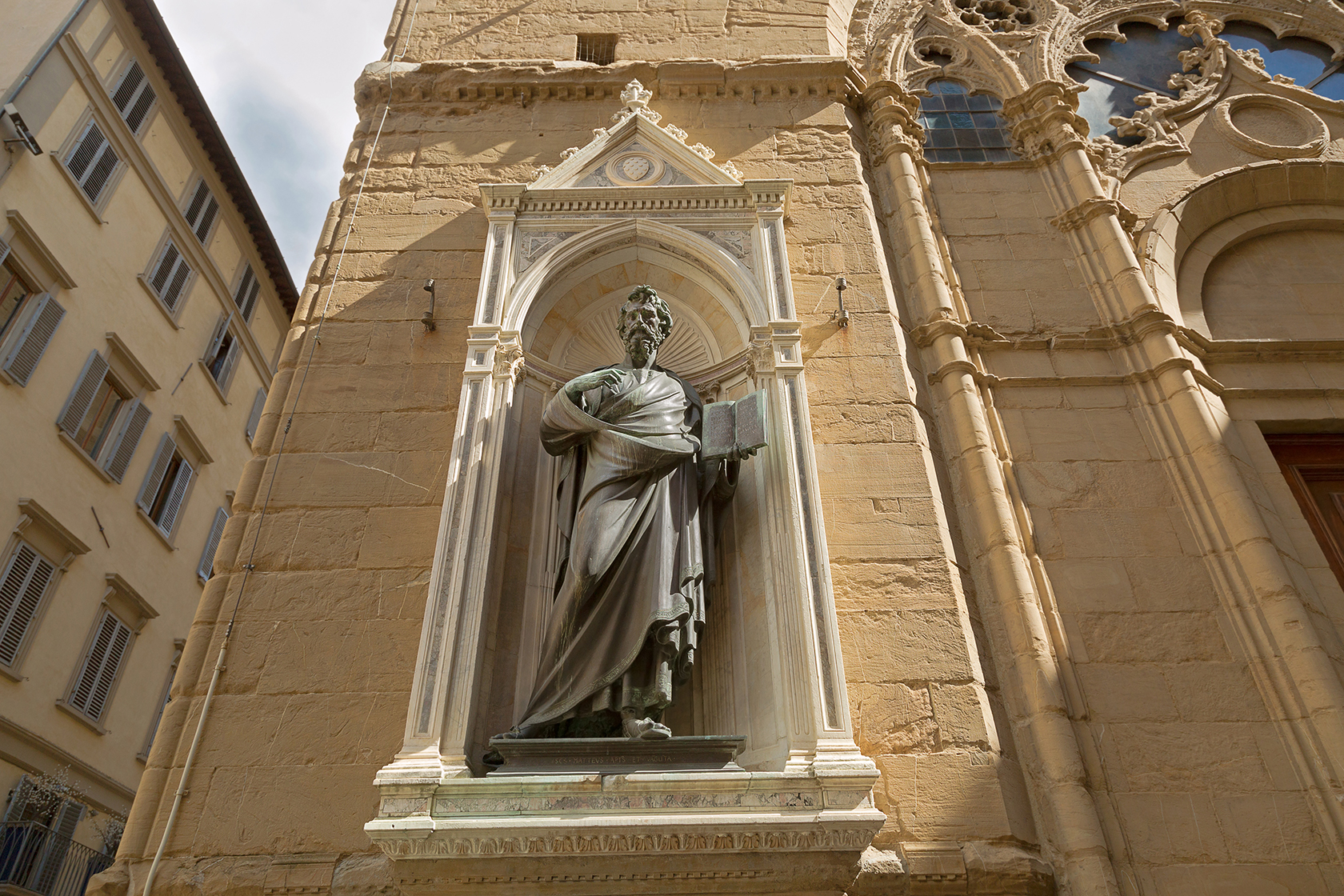
Admiring the statues around Orsanmichele
1. Orsanmichele – A 14th-century Artistic Gem
While not hidden, Orsanmichele is an incredible spot often missed by first-time visitors. This tall, square building along Via Calzaiuoli–not far from Piazza della Signoria–doesn’t immediately give off church vibes. Originally built as a grain market in 1337, Orsanmichele was transformed into a church between 1380 and 1404 for the Arti di Firenze, the art and trade guilds of Florence. In fact, taking a closer look as you walk by reveals arched windows with ornate Gothic designs and niches with larger than life size statues around the façade.
Each of Florence’s powerful guilds was assigned one of these niches to decorate, and their attempt to one-up each other created this artistic masterpiece we can still admire today. Walking around Orsanmichele, you’ll see statues created by the most important artists of the day, such as Lorenzo Ghiberti, Andrea del Verrocchio, Donatello and Filippo Brunelleschi. Practically an art history lesson in one building! The statues are nearly at street level, which is ideal for viewing but not for safety. While the 14th-century statues have been replaced by modern replicas, most of the originals can be seen in the museum on the upper level of the church. But don’t miss seeing Donatello’s incredible bronze statue St. Louis of Toulouse originally designed for Orsanmichele that is now in the museum at the Basilica of Santa Croce.
Inside is a nave, uniquely adapted to the square space, that is richly decorated with 14th-century frescoes and beautiful stained glass windows. Spend some time looking at all the details on the dazzling Gothic Tabernacle by Andrea Orcagna that holds a painting of the Madonna and Child with Angels by Bernardo Daddi – both artistic treasures from the 14th century. Before leaving, take in the view over the rooftops of Florence from the second floor of the museum. It’s a reminder just how central Orsanmichele has always been – to the religious and commercial heart of the city.
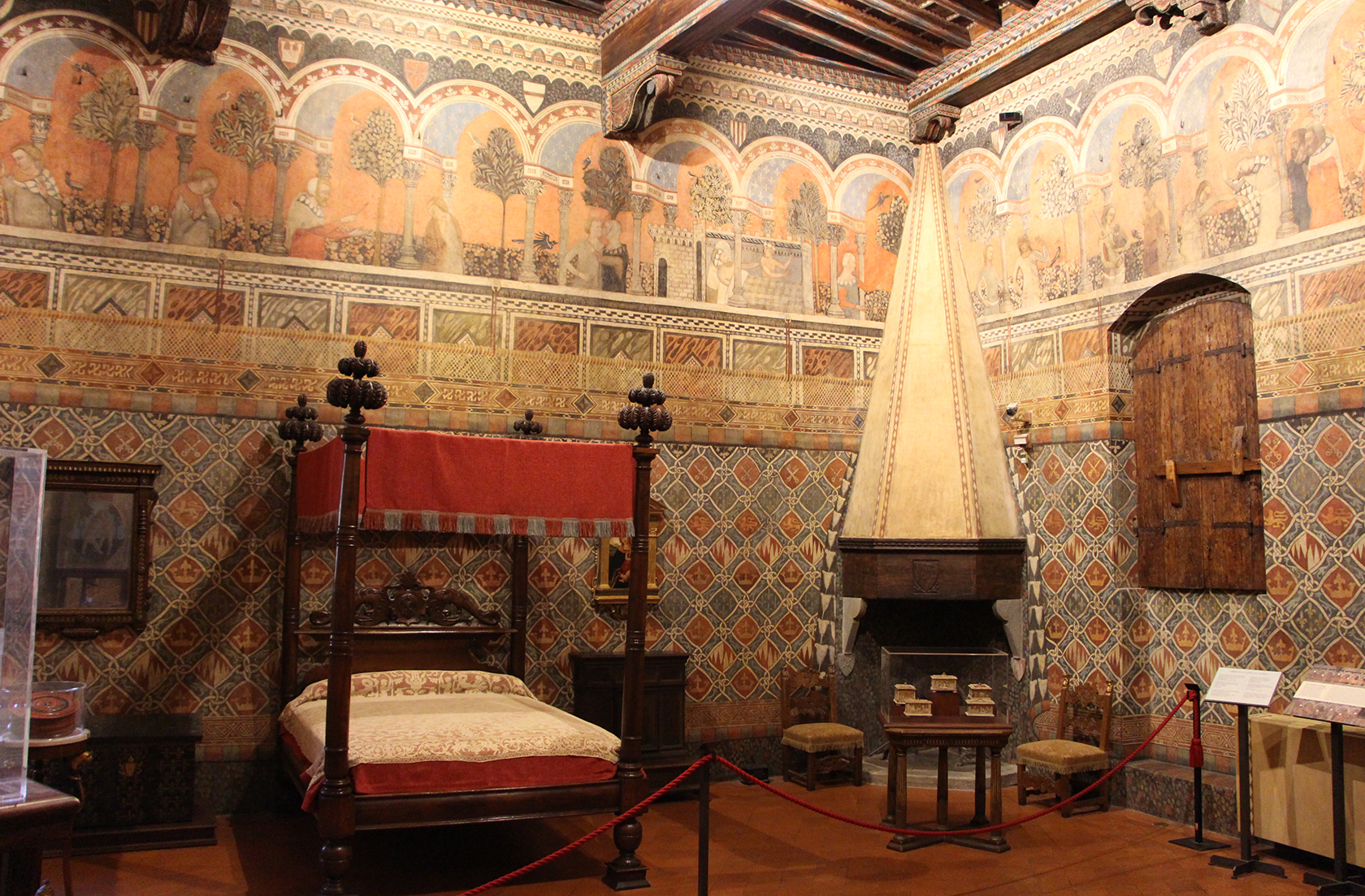
Palazzo Davanzati (credit)
2. Step back in time at the Palazzo Davanzati
Florence has a way of making the past come alive, and Palazzo Davanzati is the place to go to feel as if you’ve stepped back in time right into a Florentine home. This 14th-century palazzo was home to several wealthy merchant families over the centuries and takes its name from the Davanzati family who bought it in 1578. The Palazzo Davanzati was saved in 1904 when it was purchased by Elia Volpi, an antiquarian, who restored and redecorated the building in the 14th-century style and opened the Museo della Casa Fiorentina Antica (Museum of the Old Florentine House).
Full of beautifully recreated rooms, you can get a feel for life in an early Renaissance home complete with frescoed walls, period furniture and decorative objects. Starting from the large atrium on the ground floor, you’ll explore rooms where business took place to the intimacy of bedrooms and even a recreated kitchen on the top floor, where it was located for fire safety reasons as well as to keep the heat out of the rest of the house in the summer.
Stay right in the historic heart of Florence at Prisco, a comfortable apartment that is central in Florence in so many ways. You’ll love being surrounded by history, art, dining and fashion in this beautiful neighborhood. Plus, the apartment can be booked with 2 other apartments in the same building for larger parties.
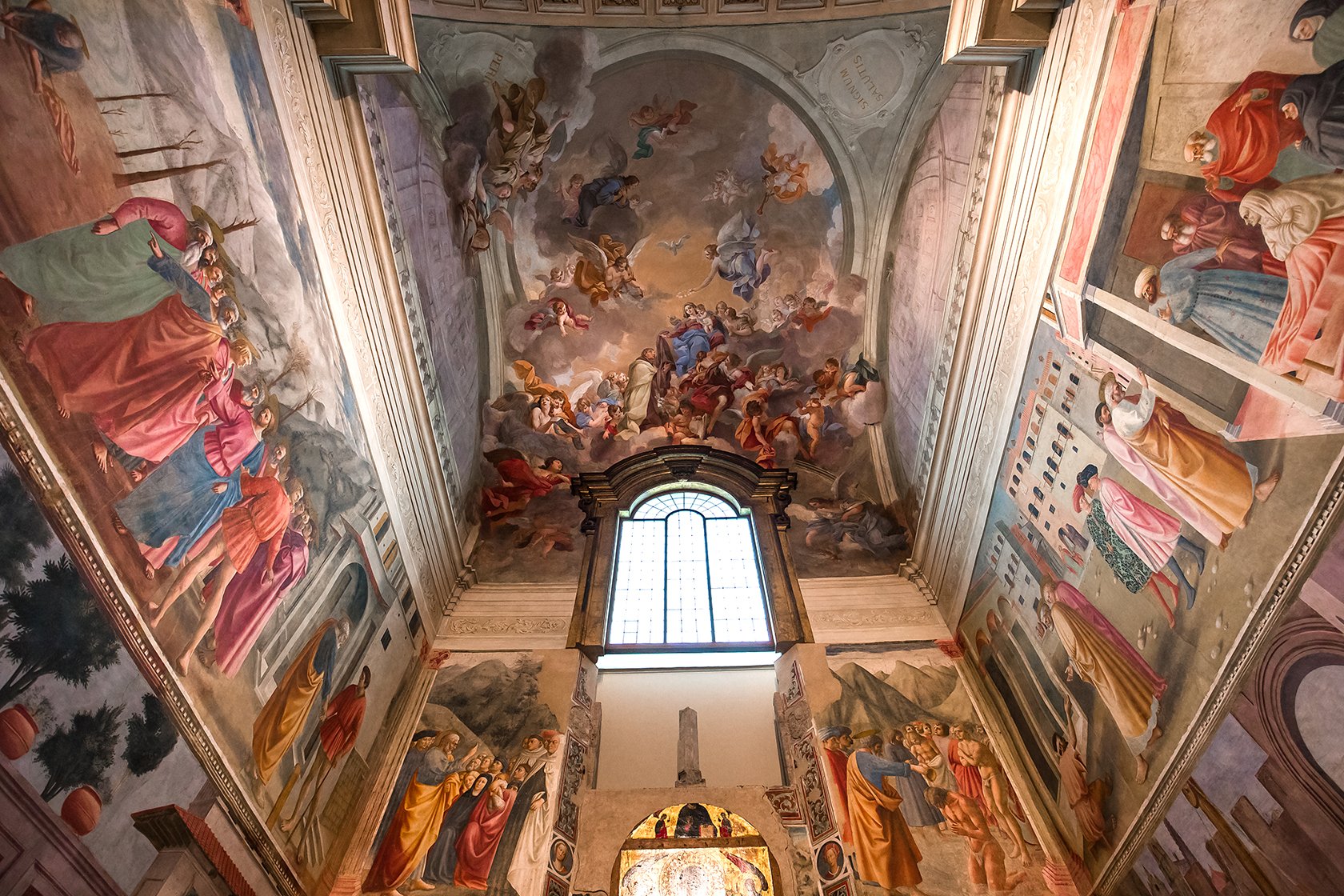
Gaze up at the Cappella Brancacci
3. Cappella Brancacci: The “Sistine Chapel of the Early Renaissance”
Located in the Oltrarno district of Florence, the Santa Maria del Carmine church is home to the Brancacci Chapel where you’ll find some of the most important frescoes from the early Renaissance. We can admire it today by great luck as the chapel was one of the few areas that survived a fire that destroyed the interior of the church in 1771. Stepping into the chapel is an overwhelming experience that takes some time to absorb. Here you can gaze at the frescoes created by Masolino da Panicale assisted by the young artist Masaccio, now considered one of the finest painters of the Renaissance.
The two artists began work on a fresco cycle in 1423 depicting stories from the life of St. Peter, which was commissioned by Felice Brancacci, a wealthy Florentine silk merchant. Unfortunately, the frescoes were never finished and were only completed about 50 years later by Filippino Lippi. While individual scenes stand out for their striking realism, like the temptation and expulsion of Adam and Eve from the Garden of Eden, the overall handling of perspective, light and naturalism were so striking and influential that it’s often been called the “Sistine Chapel of the early Renaissance.”
Explore this appealing neighborhood while staying at our charming Amore, Allegro or Concerto apartments located in the historic center just across the river from the Oltrarno. Check out our guide to the Oltrarno neighborhood for more travel tips and ideas. As an added bonus, this area is so good for food!
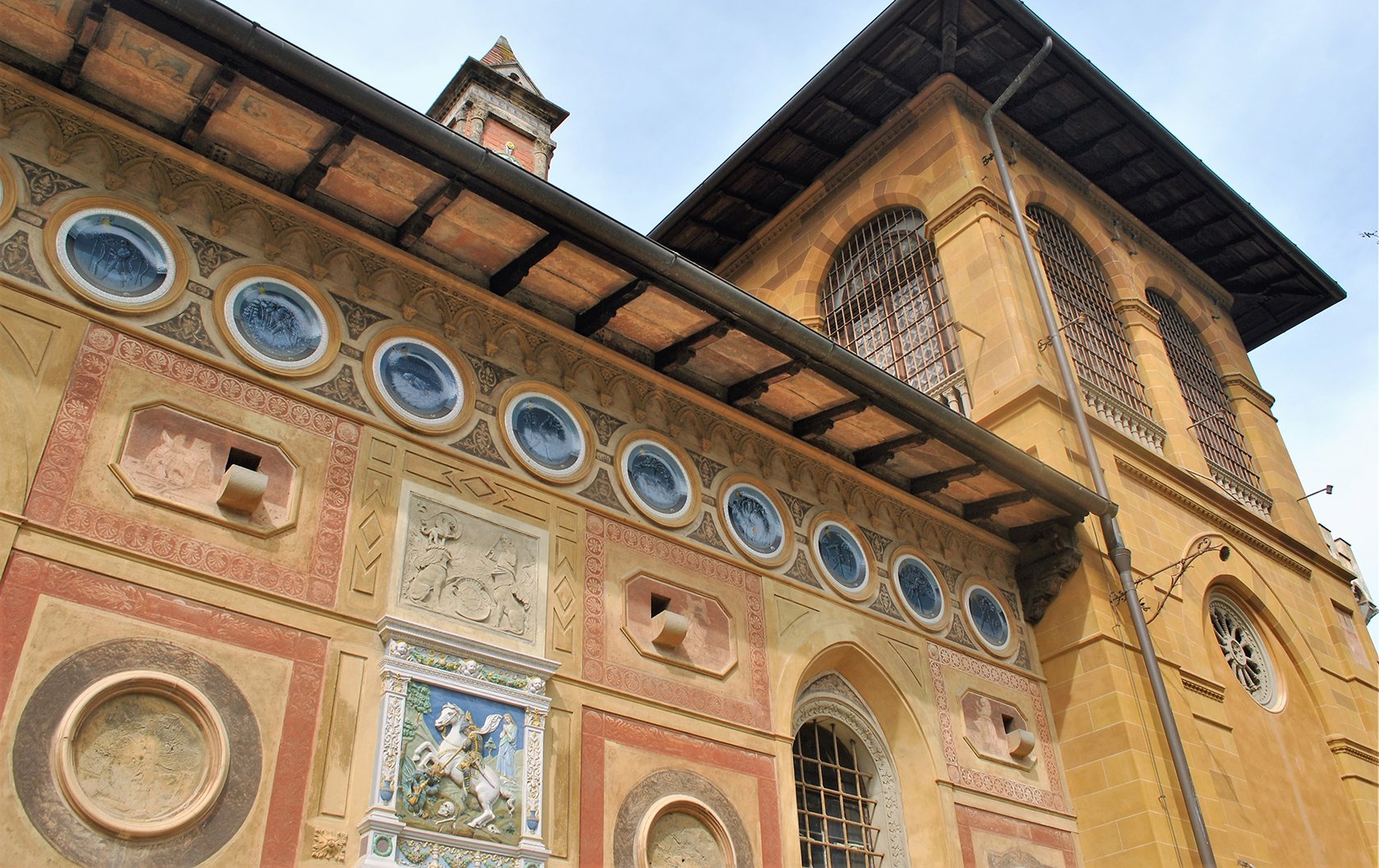
Museo Stibbert (credit)
4. A Romance for the Past at the Stibbert Museum
Located north of the historic center of Florence, the Museo Stibbert is an intriguing museum and large garden that were once the home of Frederick Stibbert (1838–1906). Born in Florence to an English father and Italian mother, Stibbert inherited a great fortune from his grandfather, Giles Stibbert, who was Commander-in-Chief of India and Governor of Bengal in the 18th century. A passionate collector with a romantic eye to the past, Frederick spent his life amassing an impressive collection of armor, weapons and military artifacts from around the world as well as paintings, decorative arts, and costumes. As the collection grew, Frederick expanded the villa to create more rooms for showcasing it in his home, which he called “Il mio museo” (“my museum”).
It’s quite an experience to walk through the villa’s gallery spaces that combine the warmth of a home setting with impressive displays like the Cavalcade Room with a group of armored knights and steeds in the center of the room. Over time, he also transformed the park into an English garden complete with temples, fountains, a Neoclassical Limonaia and even an Egyptian style temple. Full of 19th-century revivalism and romanticism for the past, the museum and gardens were donated to the city of Florence upon his death in 1906.
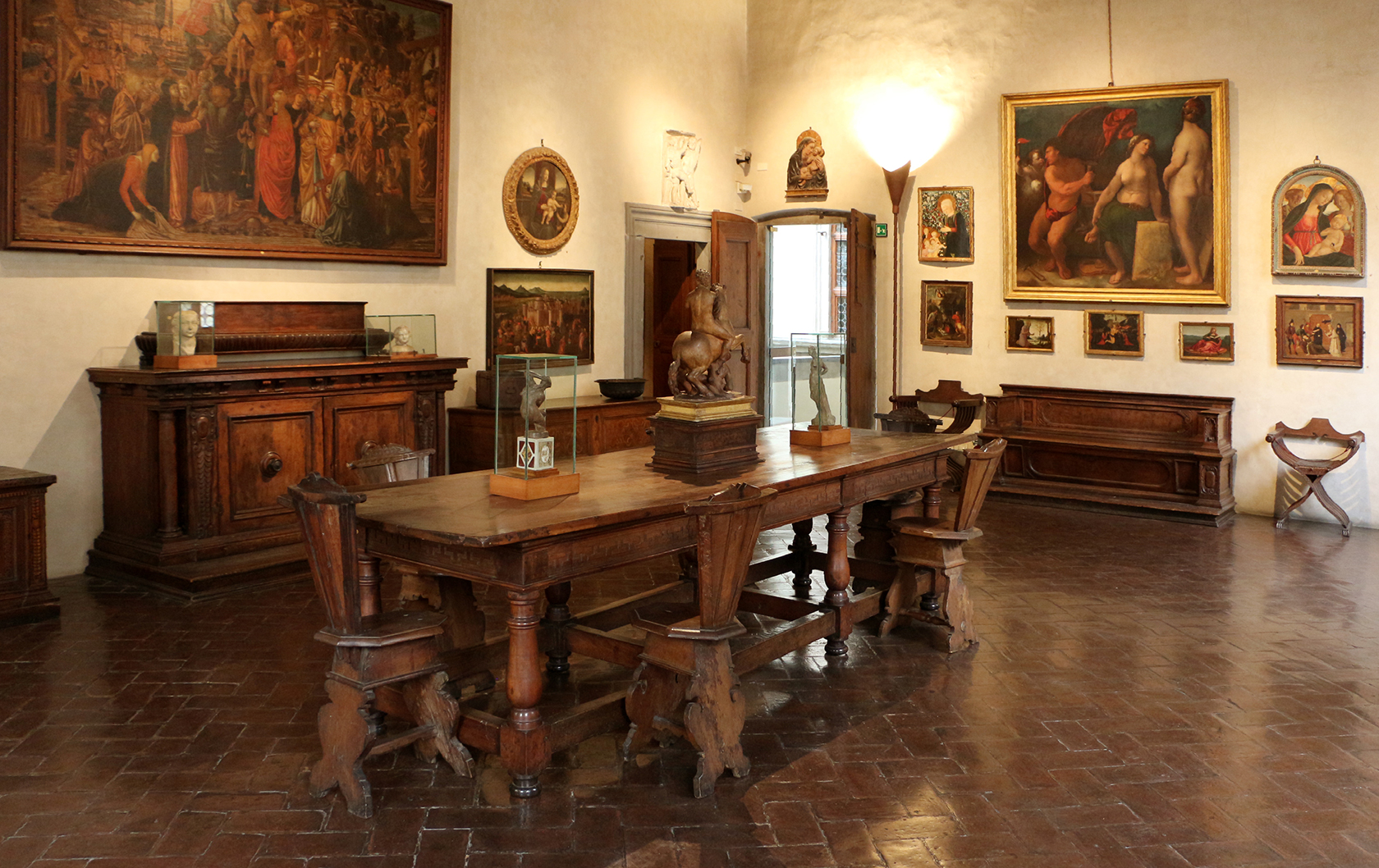
Museo Horne (credit)
5. Museo Horne: The Renaissance at Home
Set in an elegant palazzo between the Arno and Piazza di Santa Croce, the Museo Horne is a lovely museum displaying the private collection of Herbert Percy Horne (1864-1916), an English art collector and historian. His passion for Renaissance art and culture was the driving force in the creation of an incredible collection of paintings, sculptures, decorative arts and furniture. Yet the real treasure here is how Horne used this collection to transform his home into a Renaissance-style house complete with exquisite artwork. Among many masterpieces is a painting by Giotto of Santo Stefano as well as works by Pietro Lorenzetti, Simone Martini, Dosso Dossi and Filippino Lippi.
The museum also manages the nearby Casa Vasari, which was once home to the great Florentine painter and historian Giorgio Vasari (1511-1574). In 1561, Vasari was given a house in the Santa Croce district as a gift from Cosimo I de’ Medici. While the building has changed much over the centuries, the Great Hall that was decorated with beautiful paintings by Vasari and his assistants has survived. After a lengthy restoration, the Great Hall paintings can now be enjoyed once again. Visit the Museo Horne website for more information on visiting Casa Vasari.
Enjoy feeling at home in Florence with a stay at our Tosca apartment that is full of historic charm. You can even prepare meals at home with a view overlooking Piazza Santa Croce!
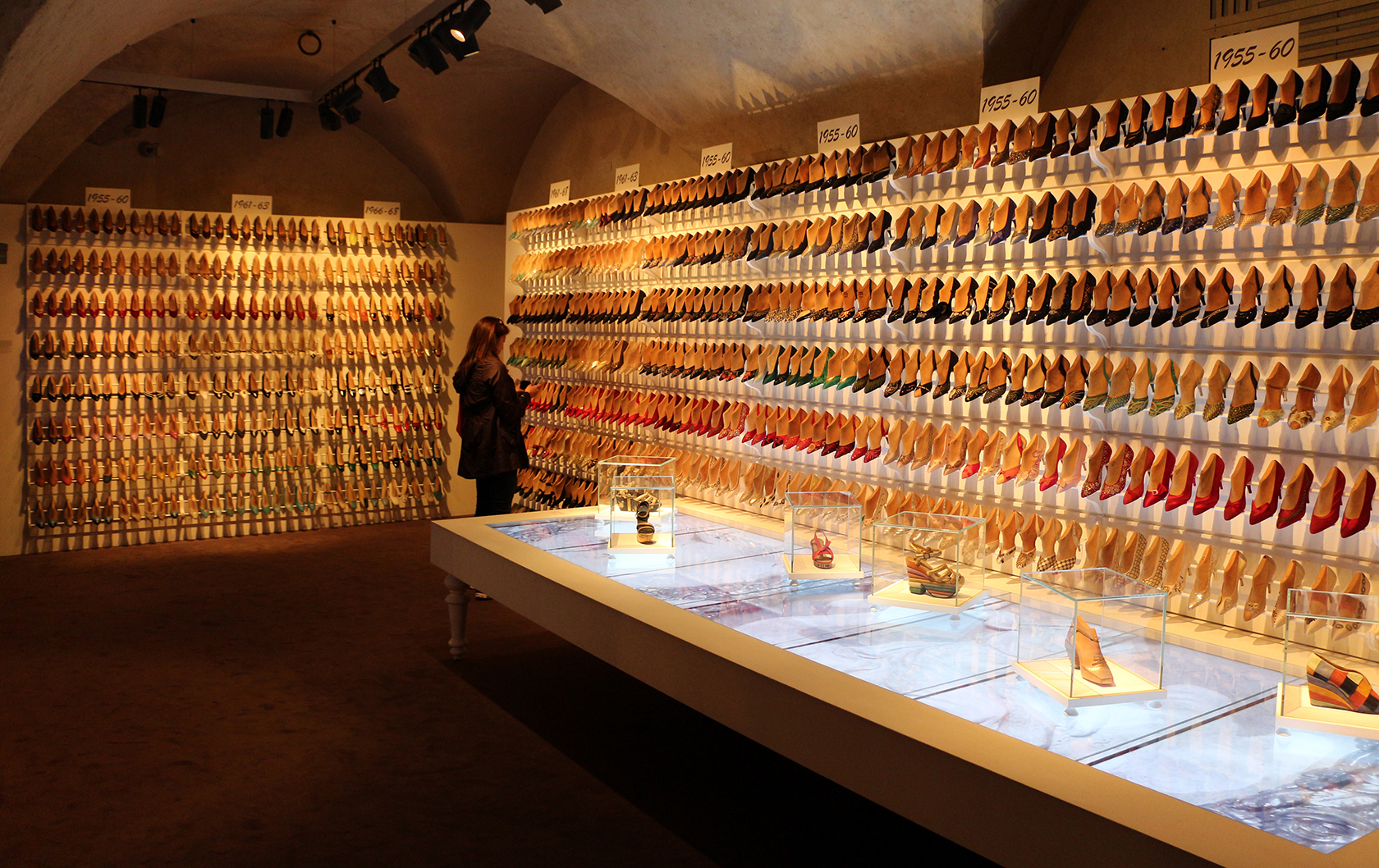
Museo Farragamo (credit)
6. Fashionable Footwear at the Museo Salvatore Ferragamo
Florence is an undeniably fashionable city and the Museo Salvatore Ferragamo offers visitors a chance to explore another aspect of Florentine history. Step inside this museum and enter the world of the talented and inventive shoe designer Salvatore Ferragamo to learn more about his creative designs, international influence, and the luxury brand now known around the world. The museum regularly changes its exhibition themes to bring to life unique aspects of the company, building from Salvatore Ferragamo’s designs and history of the company to the world of Ferragamo today, which is still very much family run business.
If you’re on the lookout for other hidden gems and intriguing things to do in Florence, don’t miss a visit to the Bardini Gardens & Museum or step back in time to the world’s oldest pharmacy at the Officina Profumo-Farmaceutica di Santa Maria Novella.
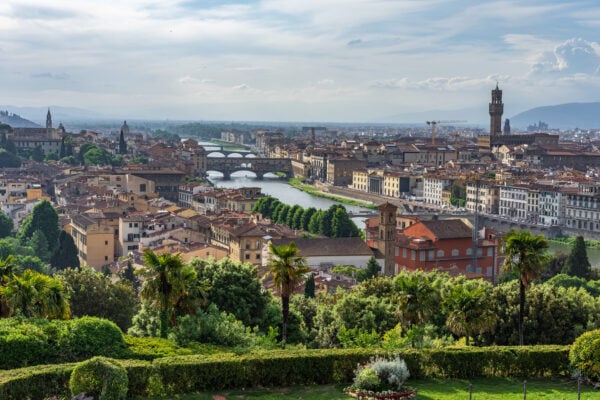
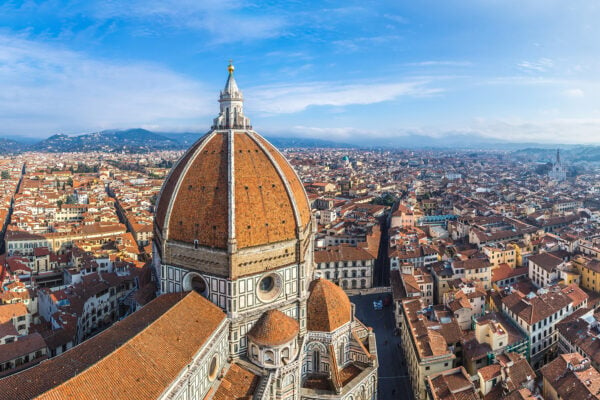
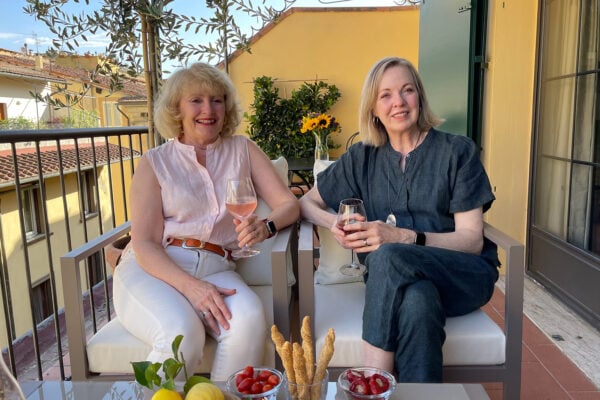
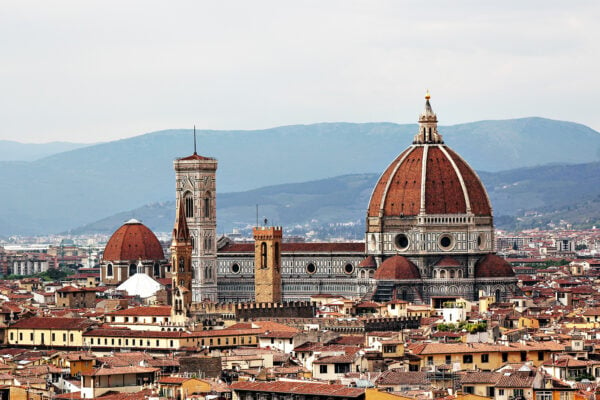
Since you talk about the Palazzo Davanzati and the Museo Stibbert, it might be appropriate to note that what is now the Stibbert used to be — at least in part — a villa belonging to the Davanzati. It was bought by Stibbert’s mother and was enlarged by the son.
Excellent addition, George. Grazie!